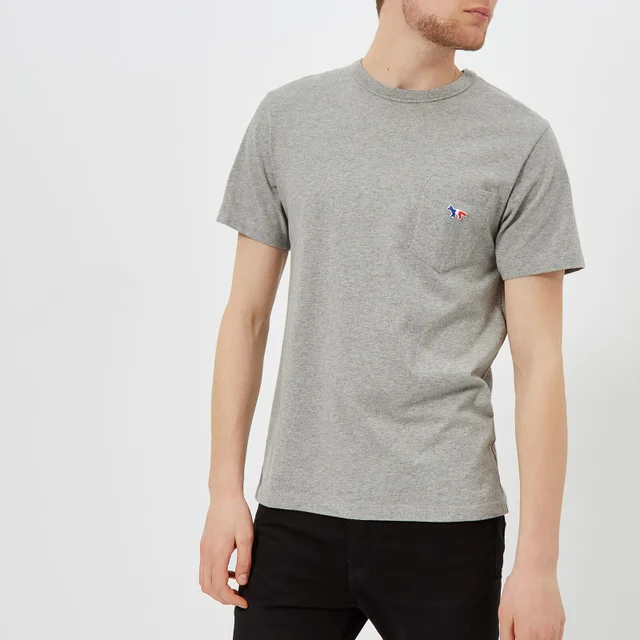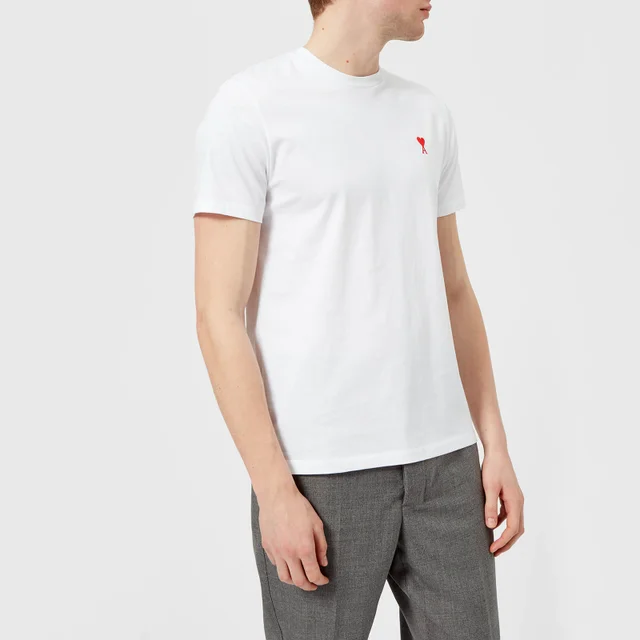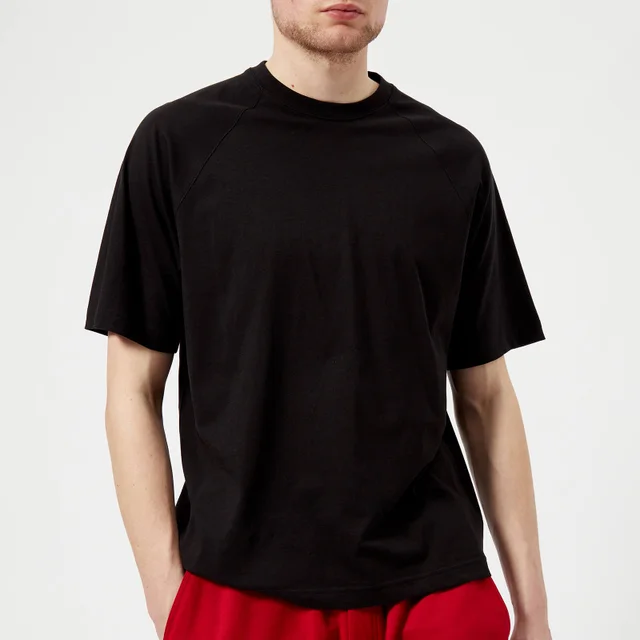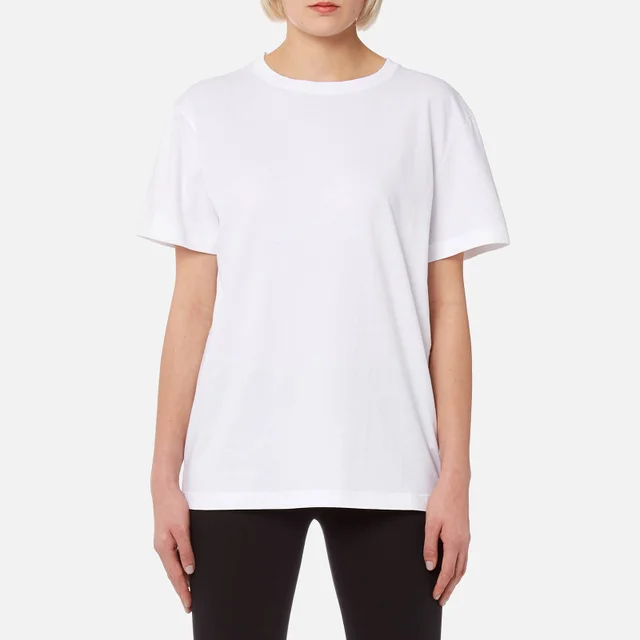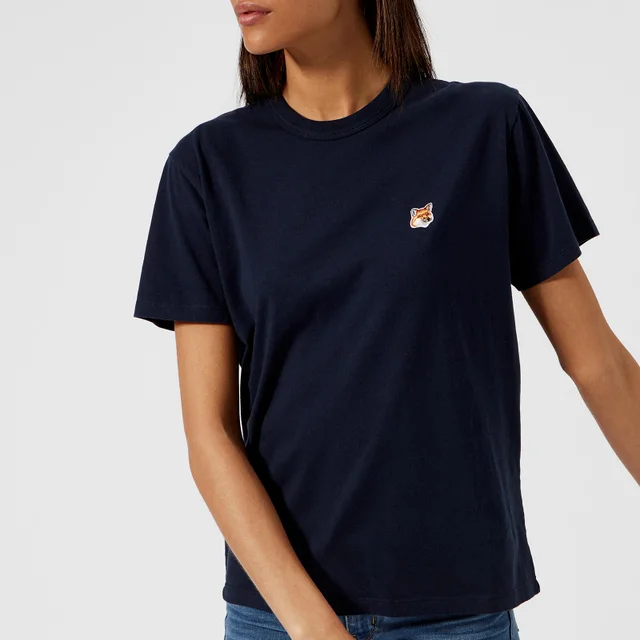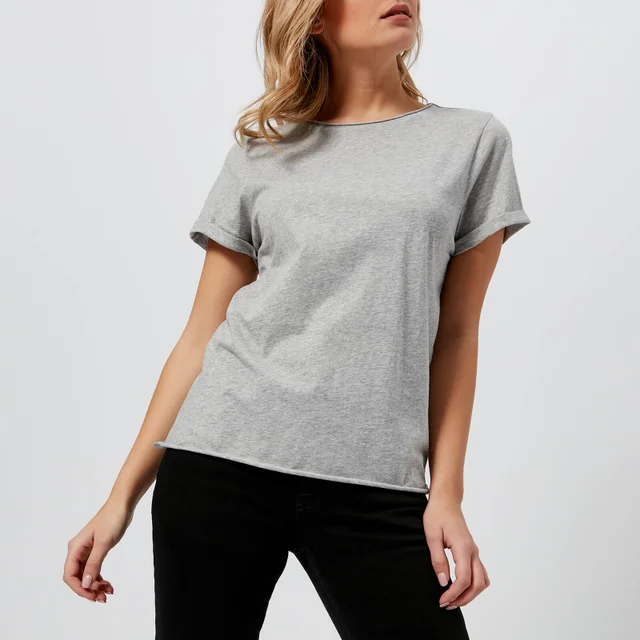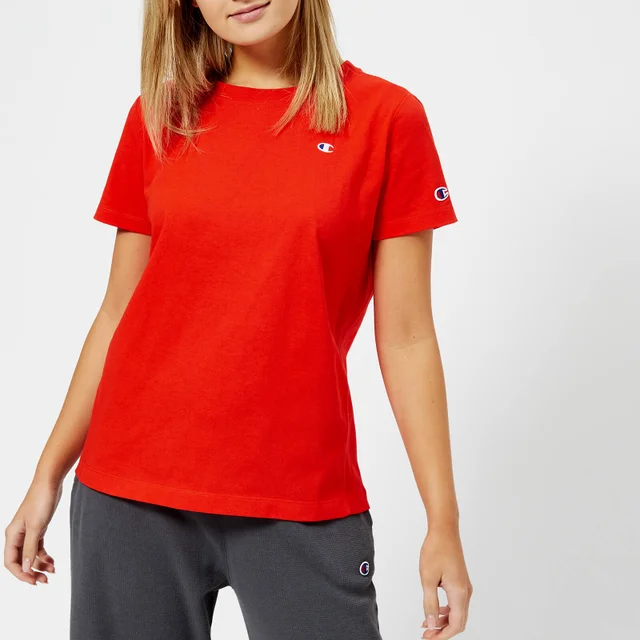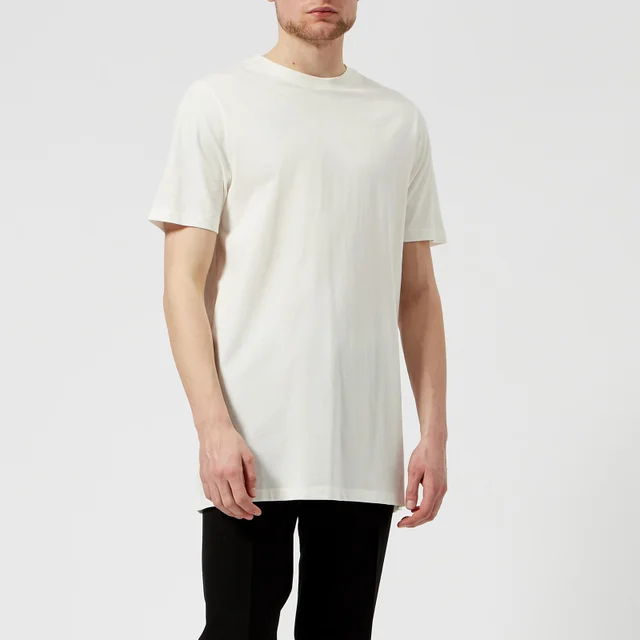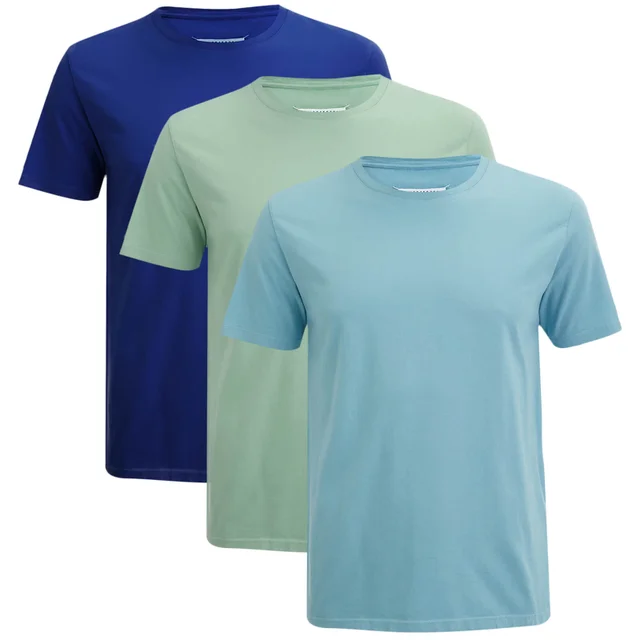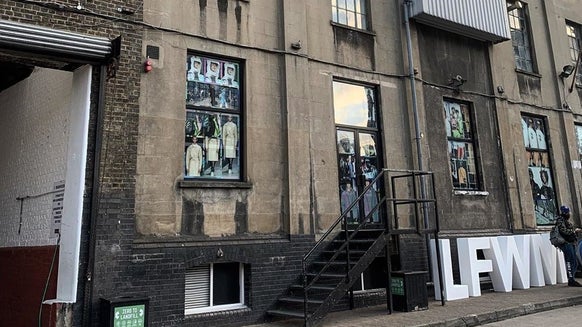Not So Basic: Deconstructing the Basic Tee
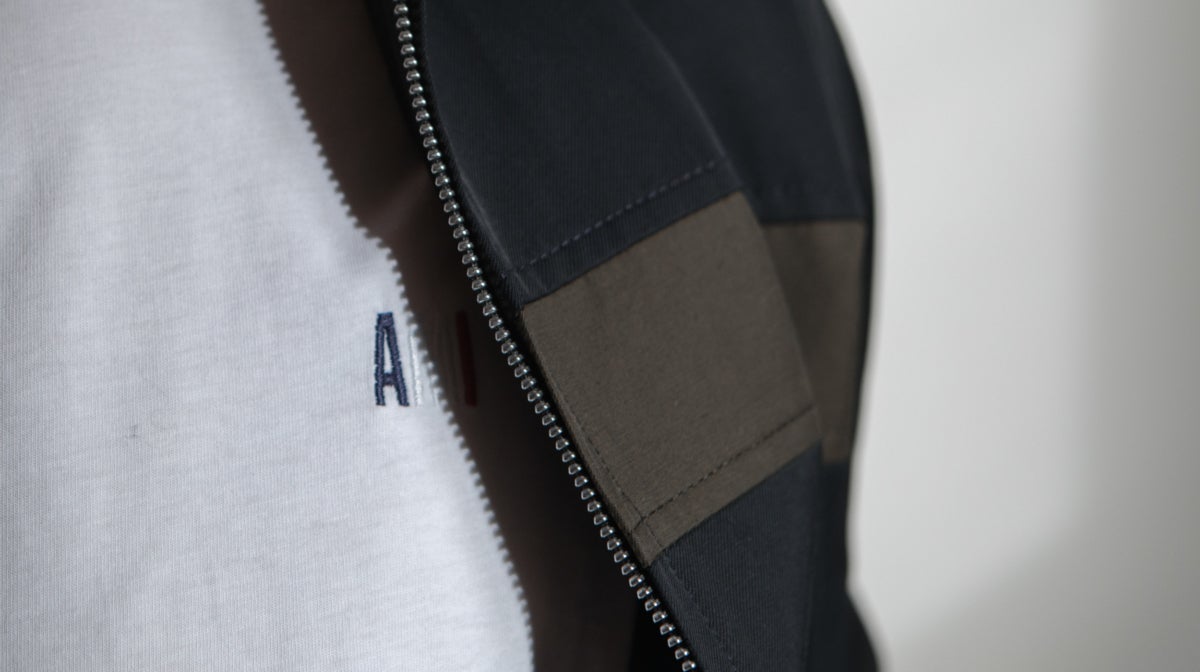
Every wardrobe is built on a foundation of versatile staples: quality denim, winter-ready knits, shirting, and of course an inexhaustible supply of basic tees. The cornerstone of your wardrobe, the basic tee is probably fashion’s most democratic garment, worn by everyone from students and skaters to bankers and doctors. Despite the deceptive simplicity of its name, the basic T-shirt isn’t a one-size-fits-all job; what might seem like a straightforward decision in actual fact requires a beady eye to ensure you’re getting the quality and look you want from your wardrobe staples.
While myth would have it that the difference between a £125 Maison Margiela tee and a basic high-street version is the name on the label, there are in fact nuanced but logical differences that explain the gulf in price. Here, we deconstruct the luxury tee and run you through what to consider when updating your basics this season.
Fabrication
As with clothing more generally, when it comes to the humble tee price doesn’t always correlate with quality. A better first indicator to look to is the material the tee is made from and the quality of the fabrication. Cotton jersey is a tightly woven, pliable material with good insulating properties and is frequently used in the fabrication of T-shirts due to its ability to hold shape well. By contrast, a rayon or silk jersey tee bears a lighter feel and works well with relaxed cuts to create more of a draped feel. When moving into summer, the looser weave and breathability of linen comes into its own for its cooling properties. When choosing your new tee, consider its fabric/s, its thickness, and the quality of the weave - which can sometimes be explained by the material's country of origin and where the T-shirt has been worked...
Provenance
The country in which your clothing and its materials are made will directly impact its quality and price. Tees made in the UK, Europe, the US and other countries with higher labour costs are naturally more expensive, but will also benefit from an enhanced level of craftsmanship and a higher-quality fabrication. Big retailers often keep prices down by cutting corners, including using cheaper materials and hiring cheap labour. Provenance has become increasingly key in fashion where transparency and traceability are sought after by customers who are ever more aware of the conditions in which some clothing is produced. In fact, some brands are demanding greater transparency in the industry that go beyond the traditional “Made in” label, giving customers complete visibility of the product supply chain (check out our friends at the wonderful
Construction
While the difference between a £10 high-street tee and a £35 tee from a reputable brand is glaringly obvious, just how do you tell the difference between that £35 tee and a £125 version from a prestigious name like
Both will most likely be manufactured in Europe, made from a quality cotton jersey without dangling threads or loose seams. But with a luxury tee, the devil is in the details and the cut. Luxury designers will focus on how the tee fits at the shoulders, neckline and waist, in addition to the width and length of the sleeves, to provide a flattering and natural-looking fit. Moreover, details including taped seams, hems, a slightly heavier cotton all contribute to the overall feel and look of a high-end tee. You will also find that due to the premium quality of its fabrication, a luxury tee will retain its shape and colour better after washing.

